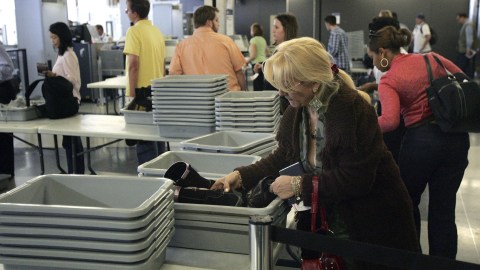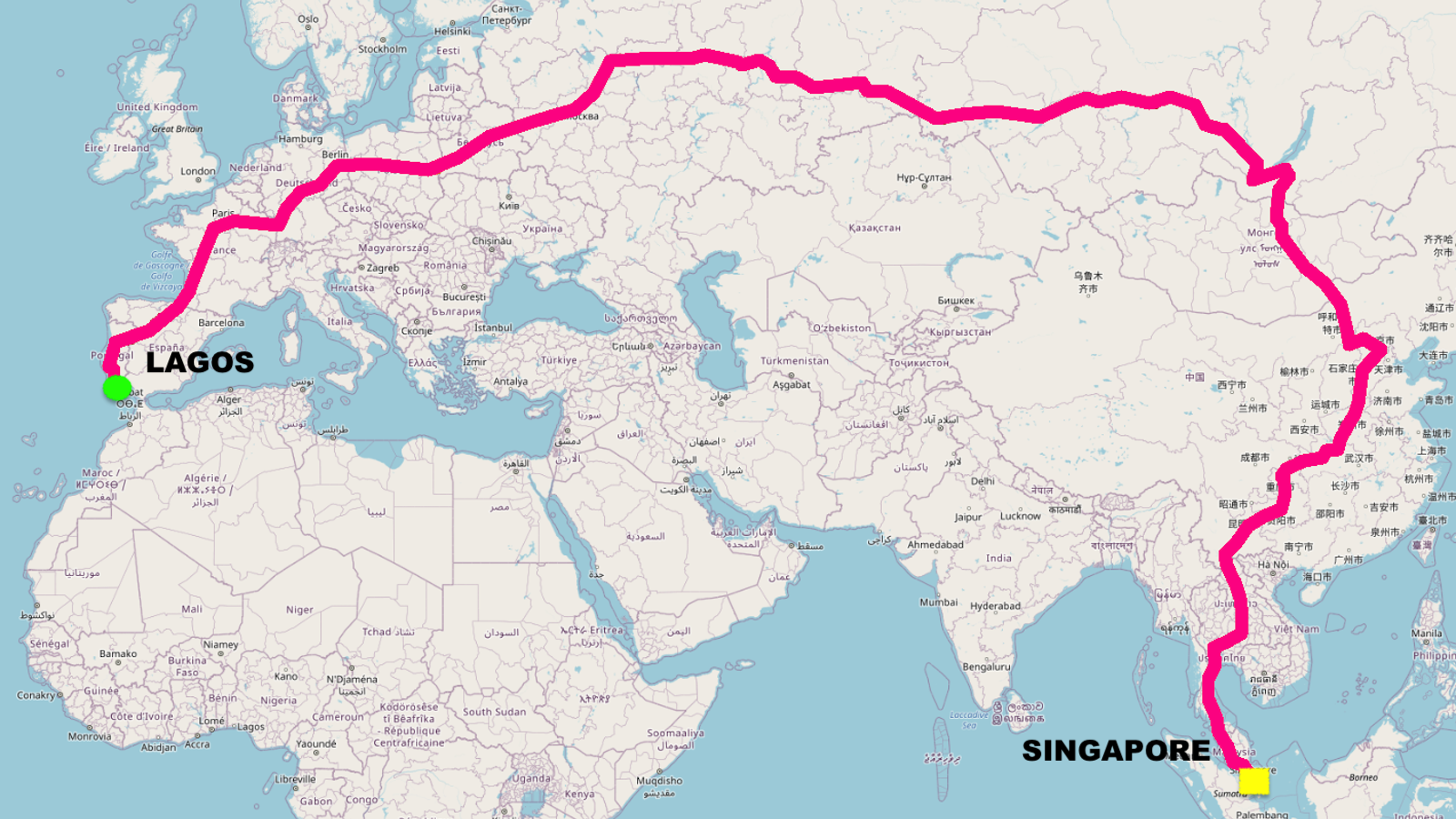Airport security trays are dirtier than airport toilets, new study finds

Getty
- Airport security trays carry pathogens that can cause respiratory illnesses.
- A recent study in Helsinki confirms that TSA security check points are the most-likely place to “catch something.”
- In light of the research, airport trays might eventually be replaced with self-cleaning ones.
This isn’t exactly a case of scrolling through TSA’s Instagram account to see what sort of things someone tried to take through airport security — be it a chainsaw or a zombie-like monster featured in The Texas Chainsaw Massacre 2 — but it’s certainly something that can grab the attention, even if this isn’t your first time reading about it. An article published in BMC Infectious Diseasesat the end of August disclosed a concerning finding regarding the plastic trays used in TSA checks. They carried influenza, the human corona virus, rhino virus, and other illness-prompting pathogens.
The researchers took samples after peak hours, and looked at 90 surfaces at the airport in Helsinki, where roughly 12 million people pass through every year. They took eight samples from the trays over the course of three weeks. When the results came back, they found that half of the samples carried some kind of respiratory disease. In comparison, none of the samples from the toilets at the airport returned anything so dire.
Lest we forgot: toilet seats aren’t typically that dirty. If anything, the floor of a bathroom is probably dirtier than the seat itself. As a matter of fact, the likelihood of getting a disease from a toilet seat, according to William Dampier explains over at Gizmodo, is “very small.” It should also be noted that the viral loads on the trays themselves, researchers discussed about the study, were probably not enough to infect an individual.
Nevertheless, the new study continues a trend of previous studies that security checkpoint lines are the most likely place where one could catch something — if one does ends up catching something. If studies like this continue to confirm what we’re slowly realizing, then we may see self-cleaning trays spread across the world.
Self-cleaning trays were first deployed at the Akron-Canton Airport, per reports, using nanotechnology — the handles and the lining of the trays are cleaned every time the trays are exposed to light. Every 90 days, the handles and lining are replaced, and the trays are good for 90 more days after that. This new measure suggests that the issue of dirty trays may already be getting better.
All this said, it’s still probably not a bad idea to wash your hands after going through the airport security checkpoint.





